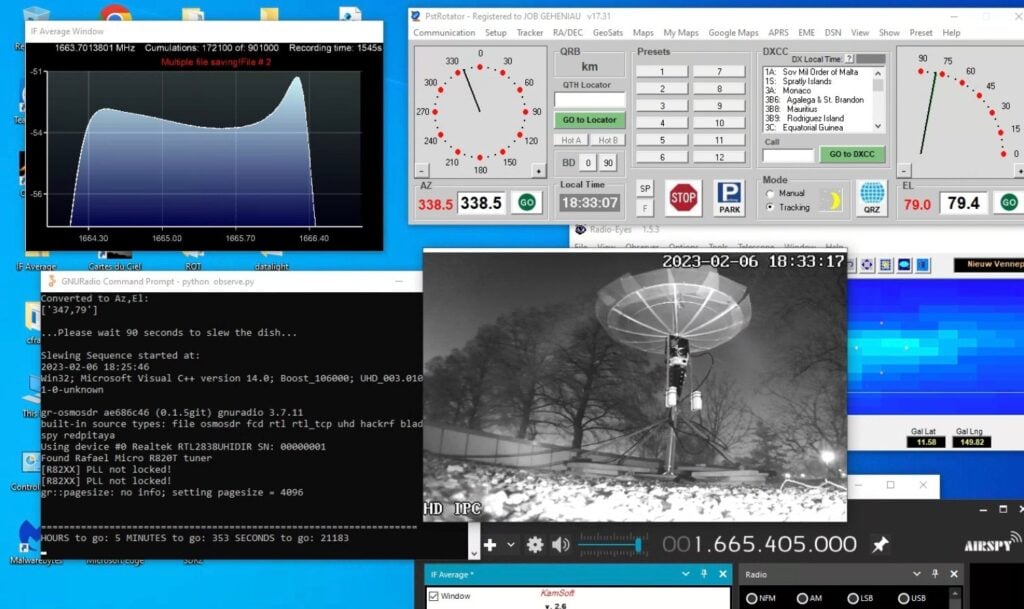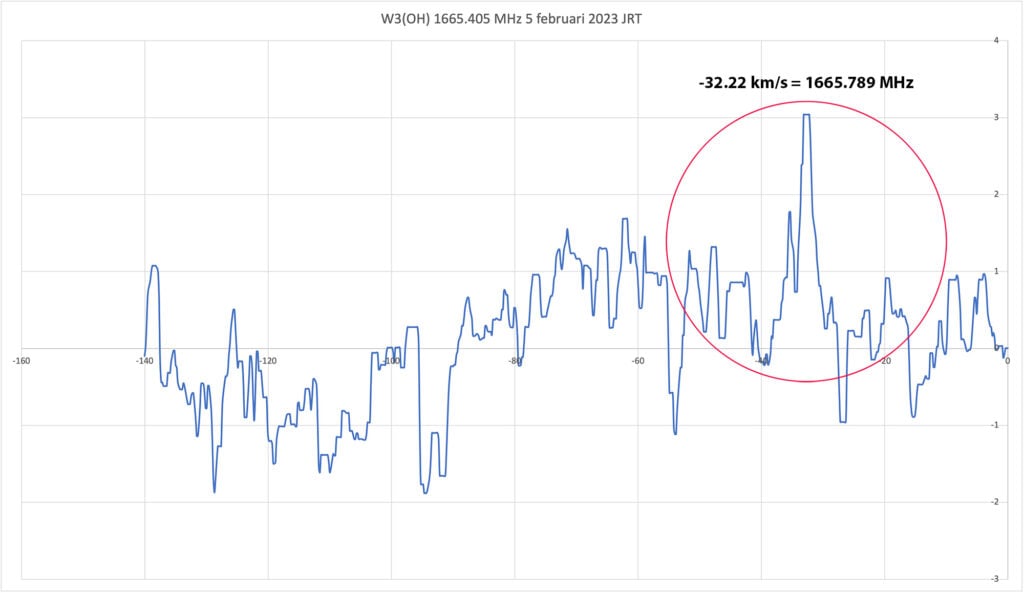Recently Dr. Sean Peters from the Naval Postgraduate School, in Monterey, CA presented an interesting webinar titled "Leveraging Ambient Radio Noise for Passive Radar Sensing of the Terrestrial and Space Environment".
In passive radar, the radio source is typically an existing powerful terrestrial broadcast station, such as FM, DAB, TV or cellular. However, Dr. Peters makes use of more ambient radio noise sources, such as sun noise, and even noise from Jupiter.
By using Sun noise as the source and an Ettus USRP SDR as the receiver, he's been able to measure the ice sheet thickness at the Store glacier in Greenland. Furthermore he's also been able to utilize sun radio noise and radio noise from Jupiter for passive synthetic aperture radar, with the application being planetary remote sensing.
Traditional active radars transmit a powerful electromagnetic pulse and record the echo’s delay time and power to measure target properties of interest, such as range, velocity, and reflectivity. Such observations are critical for investigating current and evolving conditions in extreme environments (i.e., polar regions and planetary missions); however, existing radar systems are resource-intensive in terms of cost, power, mass, and spectrum usage when continuously monitoring large areas of interest. I address this challenge by presenting a novel implementation of passive radar that leverages ambient radio noise sources (instead of transmitting a powerful radio signal) as a low-resource approach for echo detection, ranging, and imaging. Starting from theory, simulation, and lab-bench testing, I first present the results of our passive radar sounding demonstration using the Sun to measure ice sheet thickness at Store Glacier, Greenland. I then project the passive radar’s performance and ability to provide valuable glaciological observations (such as melt rates, bed reflectivity changes, and englacial water storage) across Greenland and Antarctica.
In the second part of my presentation, I then extend this technique to enable passive synthetic aperture radar (SAR) imaging using radio-astronomical noise sources (e.g., the Sun and Jupiter’s radio emissions). I conclude by highlighting applications of this technique to planetary remote sensing, such as (1) using Jupiter’s HF radio emissions alongside an active VHF radar to characterize and correct for Europa’s ionospheric dispersion during a flyby mission and (2) using the Mars Reconnaissance Orbiter (MRO) Shallow Radar (SHARAD) to analyze solar radio burst candidates for Martian passive sounding.

